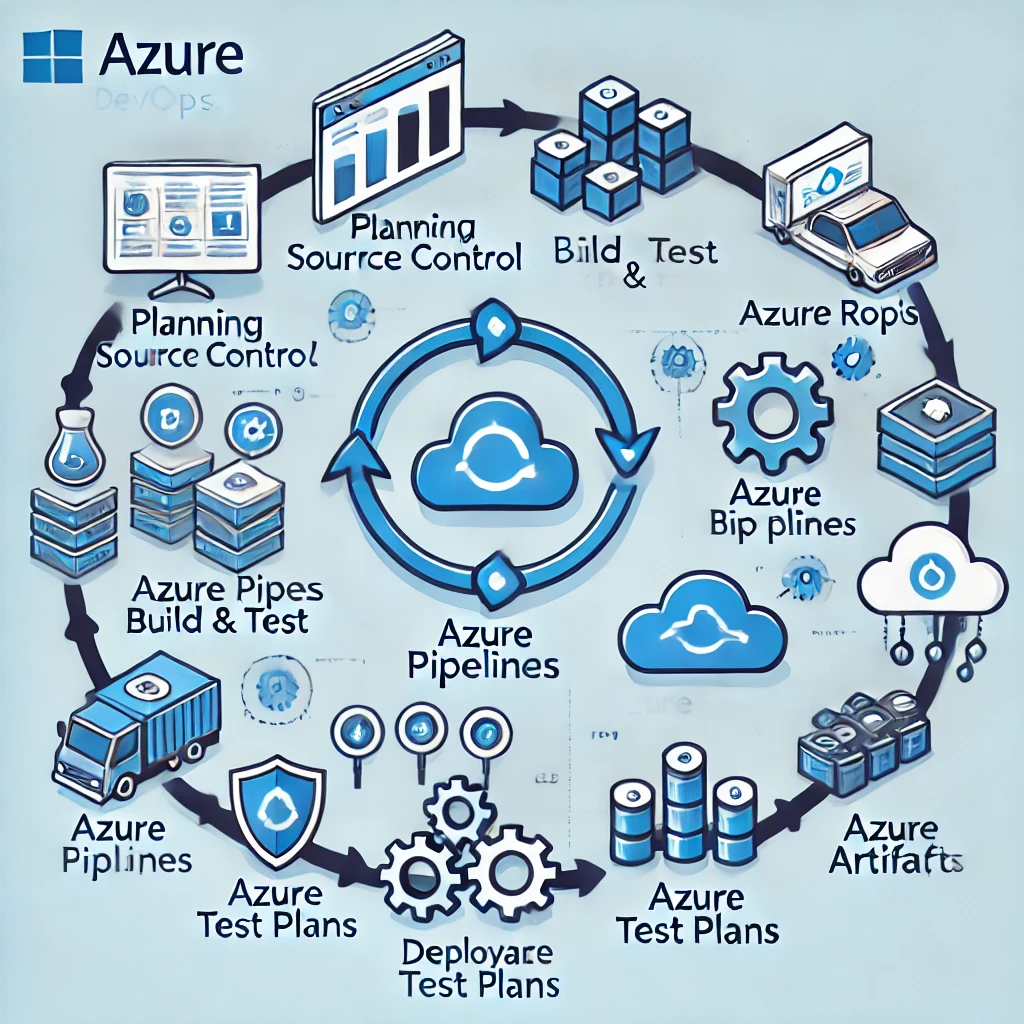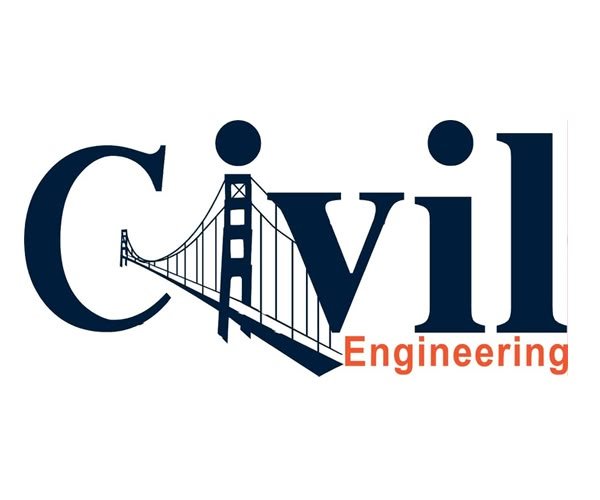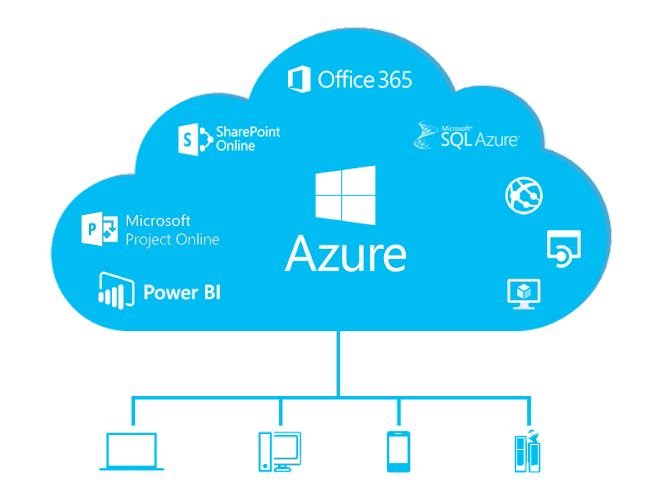Introduction
Microsoft Azure is a leading cloud computing platform that offers a wide array of security features designed to protect cloud environments, applications, and sensitive data. These security tools and services are essential for organizations looking to defend against various cybersecurity threats while ensuring compliance with industry regulations such as the Health Insurance Portability and Accountability Act (HIPAA) and the Sarbanes-Oxley Act (SOX).
The significance of Azure’s security offerings has grown in tandem with the increasing prevalence of cyberattacks, making robust security features a critical component for enterprises leveraging cloud technology. Among the prominent security features in Azure are data protection mechanisms, including encryption protocols for data in transit and at rest, as well as advanced identity and access management through Azure Active Directory (Azure AD). These functionalities help organizations secure sensitive information and manage user access effectively. Furthermore, Azure Sentinel serves as a cloud-native Security Information and Event Management (SIEM) solution that proactively detects threats and automates incident response, enhancing overall security posture across Azure deployments.
How Secure is Azure?
Azure is highly secure, offering a comprehensive security framework that includes encryption, identity management, and advanced threat protection. Microsoft invests heavily in security research and development, ensuring Azure remains resilient against emerging threats. Azure maintains more than 90 compliance certifications, demonstrating its commitment to regulatory adherence and best practices. Additionally, Microsoft employs a shared responsibility model, where Azure secures the infrastructure while customers are responsible for protecting their data and applications.
What Security Features Does Azure Offer?
Azure provides a comprehensive suite of security features designed to protect cloud environments, applications, and sensitive data. These features encompass a range of tools and services aimed at safeguarding against various cybersecurity threats while ensuring compliance with regulatory standards.
Data Protection
Azure places a strong emphasis on data protection through various encryption methods. Data in transit is secured using industry-standard protocols such as TLS and SSL, while data at rest benefits from Azure Storage Service Encryption and Azure Disk Encryption. These measures ensure that sensitive information remains protected against unauthorized access and potential data breaches.
Native Security Tools
Azure offers an extensive array of built-in security tools that help organizations enhance their cloud security posture.
Azure Sentinel
Azure Sentinel is a cloud-native Security Information and Event Management (SIEM) and Security Orchestration, Automation, and Response (SOAR) solution. It proactively detects threats and enables swift response actions. For example, if Sentinel identifies a malicious IP address, it can alert administrators while providing critical context about the threat’s origin and potential impact. Furthermore, Sentinel can automatically block the malicious IP and isolate affected systems, facilitating rapid threat management and mitigation across the organization.
Network Security
Azure provides robust network security features such as Azure Firewall and Network Security Groups (NSGs). Azure Firewall offers stateful packet inspection and centralized management of network traffic, enhancing security for Azure resources. NSGs serve as virtual firewalls, controlling the flow of traffic to and from Azure resources within a Virtual Network, thereby preventing unauthorized access.
Identity and Access Management
Identity and access management (IAM) is crucial for securing resources in Azure. Azure Active Directory (Azure AD) provides powerful identity management capabilities, enabling organizations to authenticate users and manage access to applications. Features like multifactor authentication and Conditional Access policies enhance security by ensuring that only authorized individuals can access sensitive information.
Compliance
Azure Security features are designed to help organizations meet compliance requirements across various industries. By adhering to regulations such as HIPAA and SOX, businesses can legally safeguard customer data while minimizing risks associated with non-compliance, which can result in legal penalties and reputational damage.
Best Practices for Security
Organizations utilizing Azure should adopt best practices to enhance their security posture, including:
- Encrypting Data: Implementing encryption for data both in transit and at rest protects sensitive information from unauthorized access.
- Zero-Trust Architecture: Adopting a zero-trust approach ensures that every request is authenticated and validated, limiting the potential impact of insider threats.
- Least Privilege Access: Granting users only the permissions necessary for their roles minimizes exposure and reduces the risk of data leaks.
By leveraging Azure’s comprehensive security features and adhering to best practices, organizations can build a secure, resilient cloud environment that safeguards their data, applications, and overall operations.
Security Incident Response Planning
Security incident response planning is a vital component of cybersecurity readiness in Azure environments. Organizations should develop a comprehensive incident response plan that defines roles and responsibilities, establishes communication protocols, and includes regular incident response drills. This proactive approach helps mitigate the impact of security incidents and ensures business continuity.
Risk Assessment and Prioritization
Risk assessment and prioritization are essential elements of an effective security strategy. This process involves identifying critical risks to the Azure deployment and ranking them based on their potential impact. By recognizing weaknesses, organizations can allocate resources more efficiently, directing attention to areas requiring enhanced protection.
Educating Teams and Assigning Accountability
Education plays a significant role in cloud security. Organizations should focus on educating their teams about the cloud security journey and the technologies involved. Additionally, it is important to assign accountability for cloud security decisions, ensuring that security processes are kept up-to-date and relevant to the Azure environment.
Implementing Security Measures
Implementing robust security measures is paramount in protecting Azure environments. Organizations should employ passwordless authentication or multi-factor authentication to enhance identity security. Additionally, using Azure Security Center provides a centralized security management system that offers threat protection, alerts on security issues, and recommendations for best practices. This ensures continuous monitoring and maintenance of security configurations.
Regular Security Assessments
Conducting regular security assessments and penetration testing is crucial for identifying and addressing vulnerabilities within Azure applications and infrastructure. Security assessments should include vulnerability scans, manual code reviews, and dynamic testing to uncover potential threats like SQL injection and cross-site scripting (XSS) vulnerabilities. These evaluations help ensure that applications adhere to industry standards and best practices for security.
Adopting a Zero Trust Architecture
The Zero Trust Architecture principle is a fundamental aspect of Azure security, emphasizing the need for continuous verification of user identities and access privileges. By implementing the Zero Trust model, organizations ensure that every access request is authenticated and authorized, regardless of the user’s location. This approach minimizes the risk of unauthorized access and potential data breaches.
Utilizing Multi-Layered Security
A defense-in-depth strategy involves establishing multiple layers of security across the Azure environment. This includes identity and access management, network security, perimeter defenses, and data protection measures. Tools such as Azure Firewall, Azure DDoS Protection, and Azure Sentinel contribute to creating a comprehensive security framework that safeguards against a wide array of threats.
Conclusion
Microsoft Azure’s security features provide organizations with a powerful suite of tools to protect their cloud environments, applications, and data. By leveraging built-in security capabilities and adopting best practices, businesses can enhance their resilience against cyber threats while ensuring compliance with regulatory standards. As cyber threats continue to evolve, maintaining a proactive security posture and staying updated on the latest security advancements in Azure remains crucial for organizations looking to safeguard their cloud investments.




